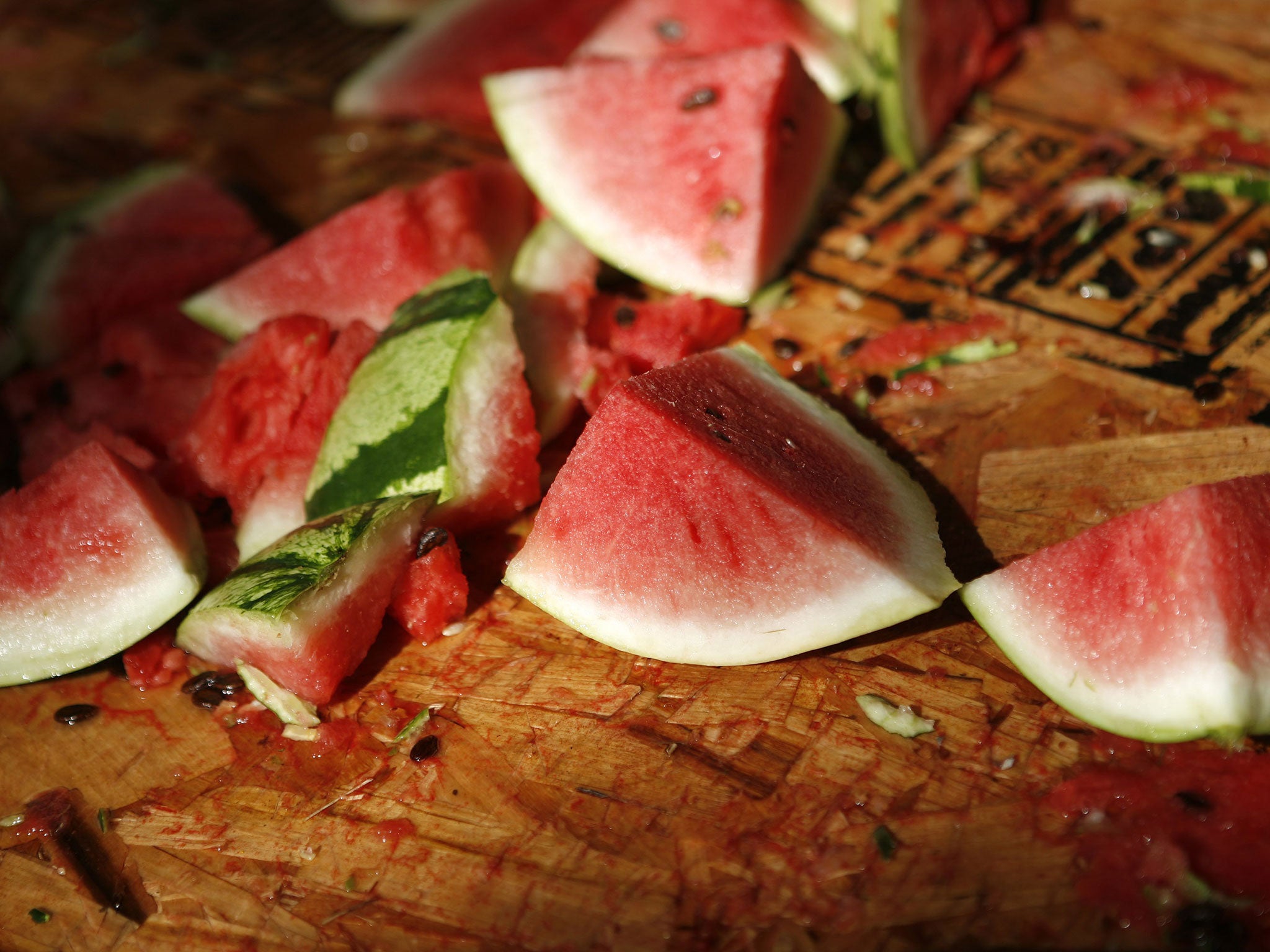The truth about the five-second rule, according to scientists
'The five-second rule is a significant oversimplification of what actually happens when bacteria transfer from a surface to food'

Your support helps us to tell the story
From reproductive rights to climate change to Big Tech, The Independent is on the ground when the story is developing. Whether it's investigating the financials of Elon Musk's pro-Trump PAC or producing our latest documentary, 'The A Word', which shines a light on the American women fighting for reproductive rights, we know how important it is to parse out the facts from the messaging.
At such a critical moment in US history, we need reporters on the ground. Your donation allows us to keep sending journalists to speak to both sides of the story.
The Independent is trusted by Americans across the entire political spectrum. And unlike many other quality news outlets, we choose not to lock Americans out of our reporting and analysis with paywalls. We believe quality journalism should be available to everyone, paid for by those who can afford it.
Your support makes all the difference.The ‘five-second rule’ – a folkloric guideline on the time it is considered safe to eat food dropped on the floor – has been debunked by a new study.
Bacteria can actually transfer to food in less than a second, according to scientists from Rutgers University, New Jersey, depending on the type of surface the food was dropped on, the type of food and how much moisture it contained.
The "rule" has no scientific grounding and is of unknown origin but is a popular adage in the West.
“The popular notion of the ‘five-second rule’ is that food dropped on the floor, but picked up quickly, is safe to eat because bacteria need time to transfer,” said Professor Donald Schaffner, lead author and extension specialist in food science.
Four different surfaces and food types were used in the experiment. Watermelon, bread, bread and butter, and gummy candy were dropped on surfaces of stainless steel, ceramic tile, wood and carpet for less than one second, five, 30 and 300 seconds.
The surfaces were contaminated with a bacterium similar to salmonella.
A total of 2,560 measurements were taken with all the different food, surface and time combinations.
Watermelon – which is about 90 per cent water – had the highest rate of contamination, while gummy candy had the least.
“Transfer of bacteria from surfaces to food appears to be affected most by moisture,” Prof Schaffner said.
“Bacteria don’t have legs, they move with the moisture, and the wetter the food, the higher the risk of transfer. Also, longer food contact times usually result in the transfer of more bacteria from each surface to food.”
Prof Schaffner continued: “The topography of the surface and food seem to play an important role in bacterial transfer.”
The carpet surface had the lowest transfer rate while tiles and stainless steel were higher. Wood had variable results, the researchers found.
“The five-second rule is a significant oversimplification of what actually happens when bacteria transfer from a surface to food,” Schaffner concluded. “Bacteria can contaminate instantaneously.”
Join our commenting forum
Join thought-provoking conversations, follow other Independent readers and see their replies
Comments